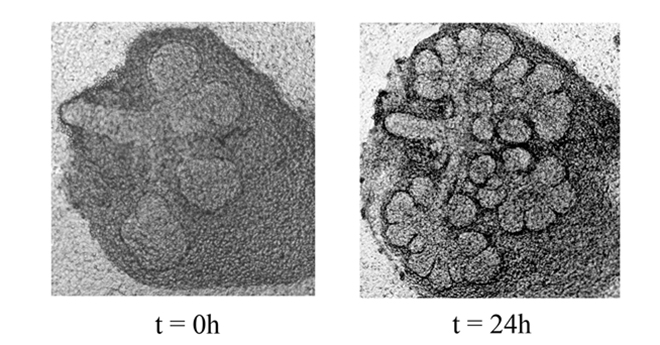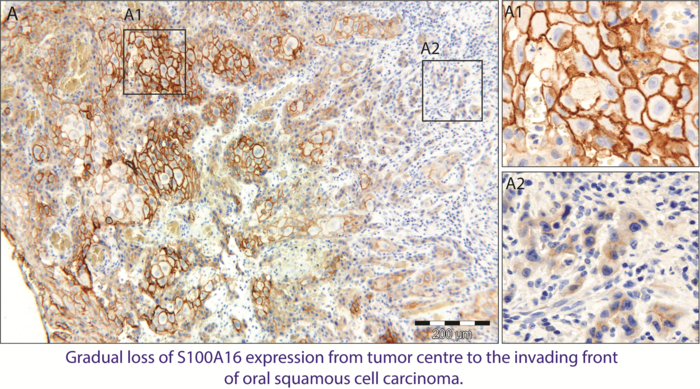Research groups
Research at the institute covers a wide range of experimental laboratory research areas, including; Human Physiology, Immunobiology and Immunogenetics, Microbiology and Antibiotic Resistance, Neurobiology and Oral cancer.
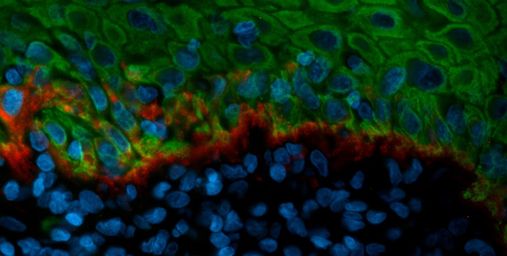
The research group studies the interaction between the oral microflora and the immune system and the pathogenesis of oral lichen planus and periodontitis.
The group focuses on understanding the dynamics of bacterial colonization of different environments. This includes understanding bacterial biofilm formation, resistance mechanisms, microbe-microbe and host-microbe interactions.
The role of immune system in select inflammatory disorders, infectious diseases and cancer. The main goal of the research is to understand the function of the immune system – as we still lack the full understanding of it.
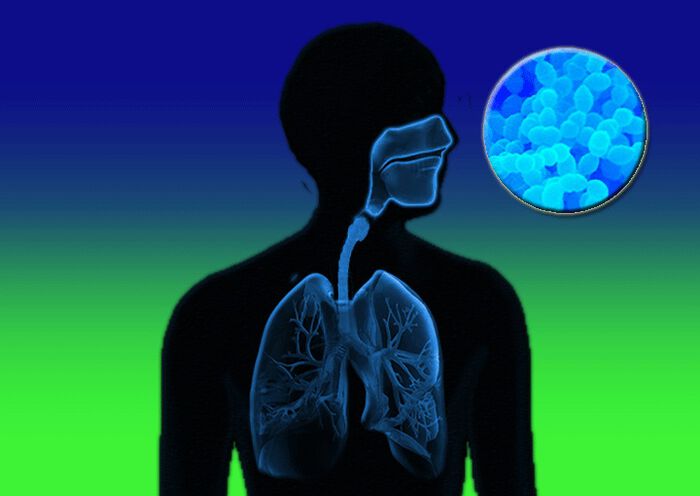
The oral cavity is a port of entry to the digestive and respiratory tracts, forming part of the aerodigestive tract. Different sites in the aerodigestive tract are characterized by specific microbiomes, which despite differences in composition, share several of the same microbial inhabitants. Among these, are microorganisms with relevance to oral and respiratory health and disease.
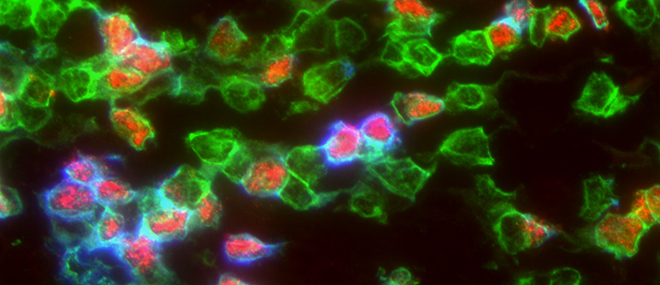
The Research group is interested in various immunological aspects of mucosal inflammation and cancer Development.
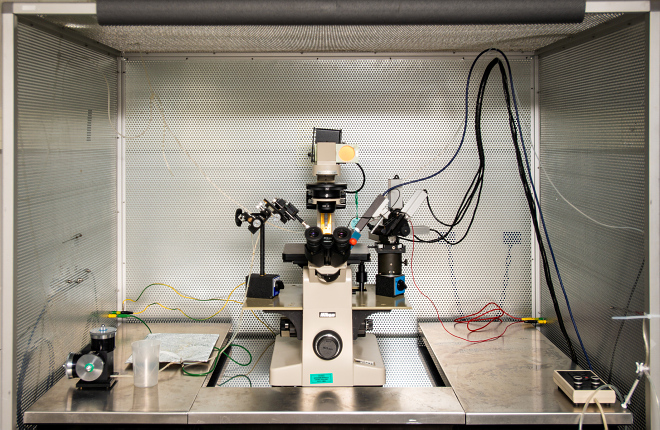
Both endocrine (hormones) and exocrine (body fluids) secretion are closely regulated. There are many common traits between the regulatory mechanisms, also when it comes to electrophysiological signals and Ca2+ signals.
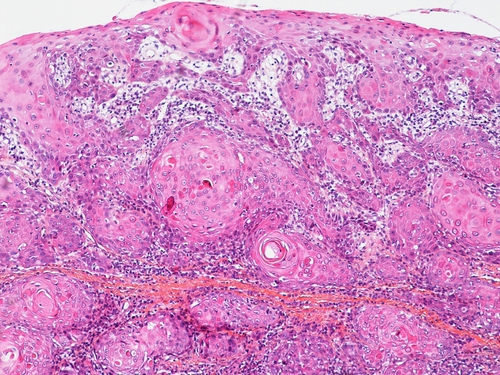
The overall aim of the group is to identify oral potentially malignant disorders (OPMD) and oral cancer related biomarkers through comprehensive basic research on cancer cell lines and clinical material and to test and validate the identified biomarkers for future translational applications.
Host cell protein citrullination by the periodontal pathogen Porphyromonas gingivalis

